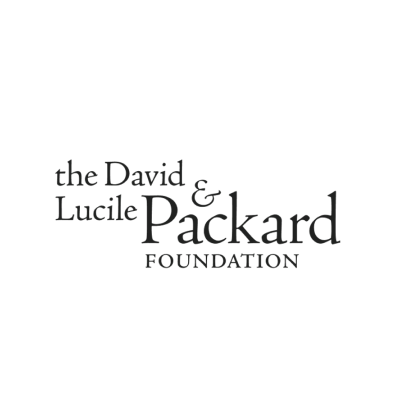Paper is plant fiber, or cellulose, that has been retted or cooked to remove the glues (lignins) that bind fibers, then hand or machine beaten into a pulp. The pulp is added to a vat of water through which a sieve is pulled to collect fibers in the form of a sheet. The water and cellulose fibers join through hydrogen bonds made stronger by the pressing and drying process. While the most common concept of paper is in its flat form - for printing, drawing, writing, flushing - it also can be used to make woven and waterproofed textiles, as well as sculptural forms, where the strength of the paper fibers is demonstrated in its ability to torque its underlying armature in the drying process.
Compared to fabrics, paper is more like felt. It is made not by weaving or knitting, but by pressing fibers together.
What do you think people used to write their messages before the invention of paper?
Before the invention of paper, people wrote on clay tablets. Paper precursors such as papyrus (made from the pith of the papyrus plant by hammering it into a single sheet) and amate (made from tree bark by pounding it by hand with a special stone) existed in Egypt and prehispanic Mesoamerica, respectively.
The invention of paper as we know it happened around 105 CE. Historical sources credit it to Ts’ai (Cai) Lun, a Chinese court official, who thought of combining natural materials like tree bark with fibers separated from old rags and fishing nets. The process involved beating the materials into a pulp that could be made to hold together in paper sheets.
The secret of papermaking has been kept for centuries. However, the knowledge slowly traveled, in the 7th century to Japan, in the 8th century to Central Asia and then to the Islamic world, where the earliest paper mills were utilized to make the process more efficient. It wasn’t until the 11th century that papermaking arrived in Europe.
The process of making paper remained essentially unchanged up until the 19th century, when a new method for manufacturing paper from wood pulp was developed along with industrialization of the process. Prior to the invention of the paper machine, paper was made one sheet at a time by dipping a frame or mold with a screened bottom into a vat of pulp. The size of a single sheet was limited to the size of the frame.
Over the centuries, paper has made an enormous contribution to progress, raising levels of knowledge and education. Until a few decades ago, paper was the basic medium for written communication and the dissemination of information.
Make your own paper by recycling just about any paper scraps that you can find at home. Follow these two methods which are similar to the original paper making process invented centuries ago.
Use your handmade paper for notecards, bookmarks or ornaments, bookbinding or simply frame it as artwork.










